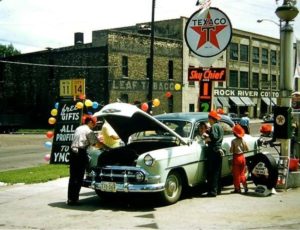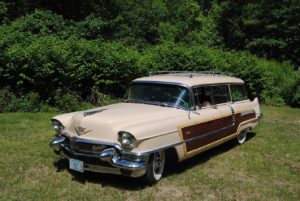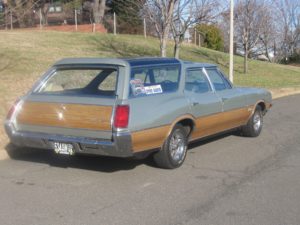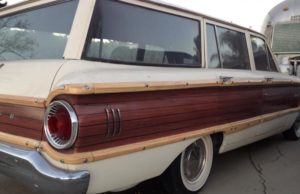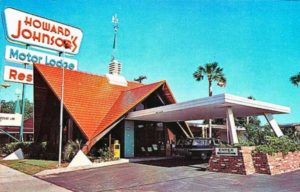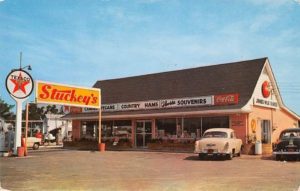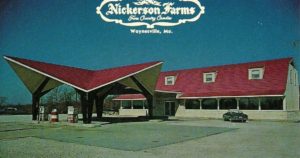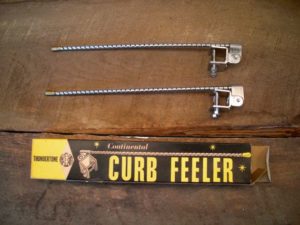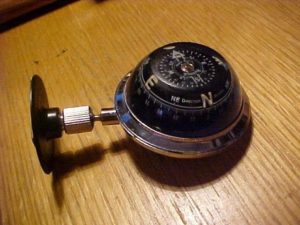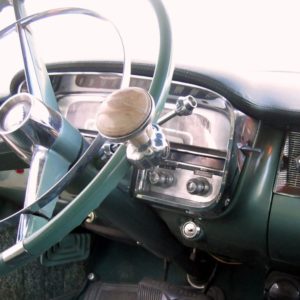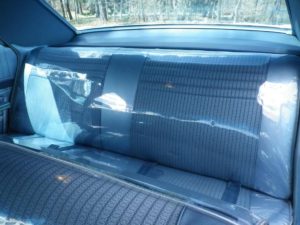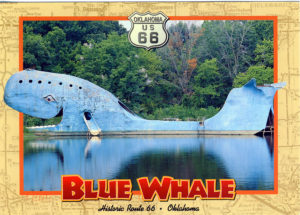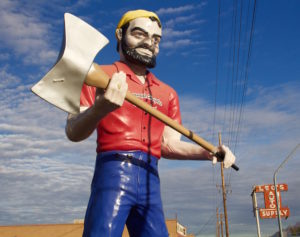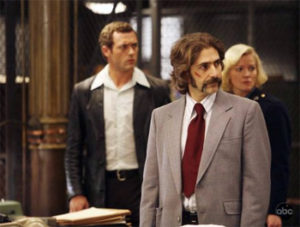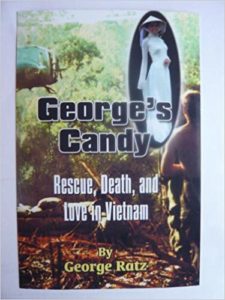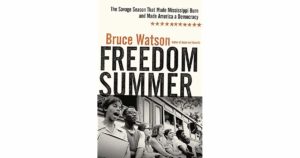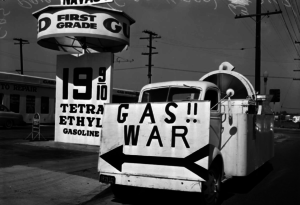
As we drive past gas station signs that advertise prices per gallon that far exceed the hourly rates of our first jobs, we Boomers find ourselves looking longingly into our memory banks for the regular phenomenon that was experienced in the mid 1960’s: the gas war.
Gas station owners hate high gas prices as much as the rest of us. The only sure winners when prices achieve record highs are the owners of the basic asset: crude oil.
We get angry when Exxon posts high profits, but if they were posting losses, then it would have a deleterious effect on the economy and anyone who owns mutual fund shares.
At this point, I would like to state that I am no fan of Exxon, or any other gasoline producer. I suspect corruption is rampant at high levels within each corporation, and millions or billions of dollars of funds are finding their way into rich people’s pockets illicitly. But I digress. This is supposed to be about nostalgia.
The fact is that with the much more stable prices of crude oil and gasoline in the 1960’s, gas station owners were able to have gas wars amongst each other that would bring huge grins to the faces of our fathers, as they filled their big cars with gas that might be as much as 20% cheaper than it was the day before.
The gas station owners were making good livings selling fuel at 30 cents a gallon. They could afford the luxury of dropping prices periodically by such a margin for short periods of time. They would either break even, or still manage to turn a small profit. The station owners would frequently hold such wars with mutual agreement.
Unfortunately, the profit margin per gallon remains about the same today for station owners as it did in 1965. I’m not talking percentage, I’m talking cents per gallon! Ergo, gas wars are no more. When a station is selling gas three cents a gallon cheaper than the one down the street, THAT’s a modern-day gas war.
Sure, gas prices make us angry. But it’s not the gas station’s fault. When was the last time you saw a gas station that wasn’t also a convenience store? Selling two aspirin for a dollar or more is how they make a profit, not by selling regular gasoline for three bucks a gallon.
But we Boomer kids still have fond memories of when those signs would go up at local stations that would put our parents in such a cheery frame of mind for a week or two: GAS WAR.
